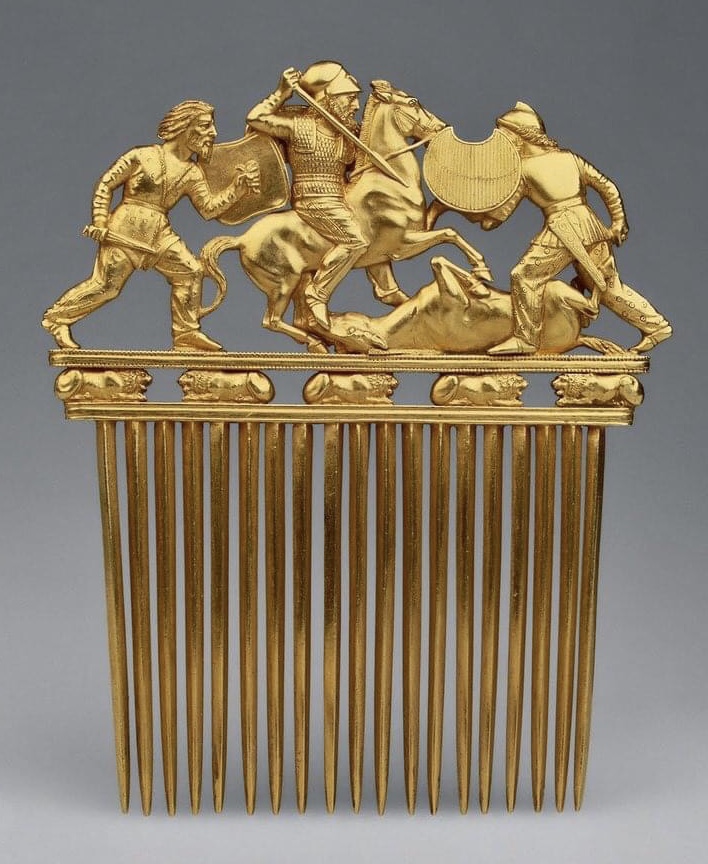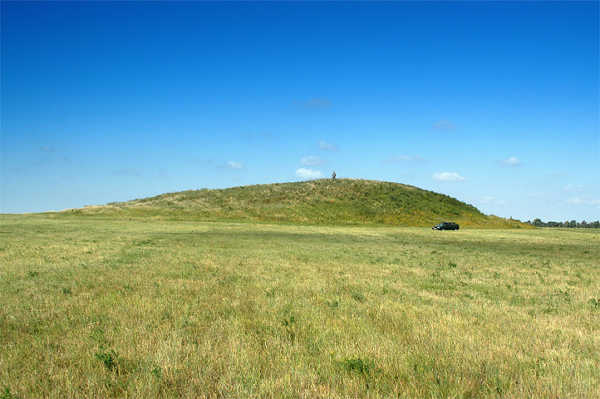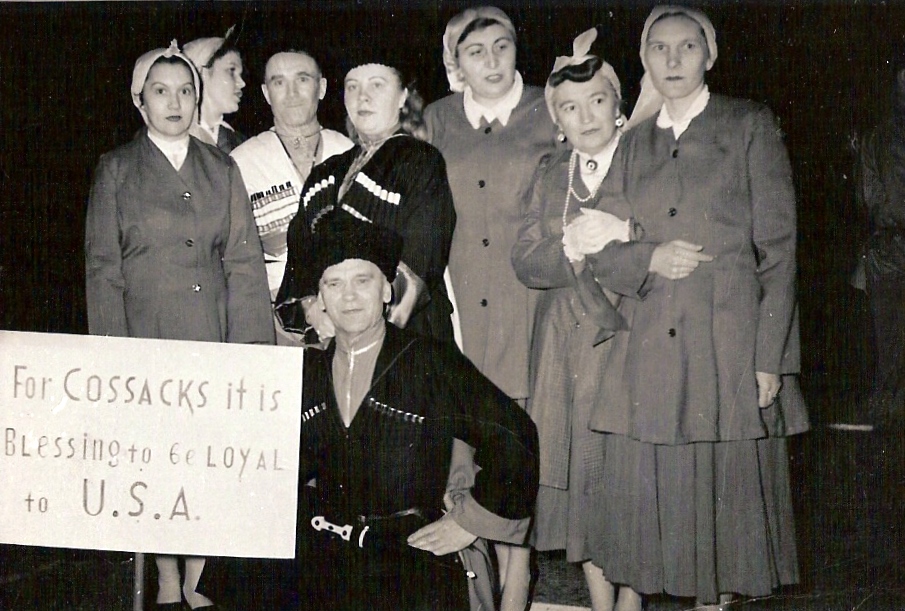|
Derhachi
Derhachi (, ; ) is a city in Kharkiv Raion, Kharkiv Oblast (province) of eastern Ukraine. The city is located northwest of the oblast capital, Kharkiv. The settlement was founded in the second half of the 17th century as a sloboda. It hosts the administration of Derhachi urban hromada, one of the hromadas of Ukraine. Population: Etymology There are at least two versions of the origin of the town name. The first one is connected with ''derkach'' — the Ukrainian name of a corncrake that inhabits the banks of the local Lopan river. Another version appeals to the name of the legendary cossack ''Derkach'' who is considered to be the founder of the town. Since 1943, the Soviet local authorities have rejected the Ukrainian variant of the name ''Derkachi'' (with letter k) and began to use only the Russian one — ''Derhachi'' (with letter h). Later the Russian pronunciation was installed in Ukrainian official settlements classification. Geography Location The town lies in a ... [...More Info...] [...Related Items...] OR: [Wikipedia] [Google] [Baidu] |
Hromadas Of Ukraine
This is a list of all 1,469 hromadas of Ukraine that were formed in 2020 (excluding Kyiv, Sevastopol and hromadas in the Autonomous Republic of Crimea). A hromada is designated ''urban hromada'' if its administration is located in a city; ''settlement hromada'' if it is located in an urban-type settlement (occasionally called towns), and ''rural hromada'' if it is located in a selo or another rural settlement. Cherkasy Oblast Chernihiv Oblast Chernivtsi Oblast Dnipropetrovsk Oblast Donetsk Oblast Ivano-Frankivsk Oblast Kharkiv Oblast Kherson Oblast Khmelnytskyi Oblast Kirovohrad Oblast Kyiv Oblast Luhansk Oblast Lviv Oblast Mykolaiv Oblast Odesa Oblast Poltava Oblast Rivne Oblast Sumy Oblast Ternopil Oblast Vinnytsia Oblast Volyn Oblast Zakarpattia Oblast Zaporizhzhia Oblast Zhytomyr Oblast {, class='wikitable sortable' ! Hromada ! Type ! Center ! Raion ! Raion before 2020 , - , Zhytomyr , urban , Zhytomyr , Zhytomyr , , ... [...More Info...] [...Related Items...] OR: [Wikipedia] [Google] [Baidu] |
Kharkiv Raion
Kharkiv Raion ( uk, Харківський район) is a raion (district) of Kharkiv Oblast in eastern Ukraine. Its administrative center is the city of Kharkiv. Population: On 18 July 2020, as part of the administrative reform of Ukraine, the number of raions of Kharkiv Oblast was reduced to seven, and the area of Kharkiv Raion was significantly expanded. One abolished raion, Derhachi, as well as Liubotyn Municipality, part of Nova Vodolaha Raion, and the city of Kharkiv, which was previously incorporated as a city of oblast significance and did not belong to the raion, were merged into Kharkiv Raion. The January 2020 estimate of the population of the former Kharkiv Raion was Subdivisions Current After the reform in July 2020, the raion consisted of 15 hromadas: * Bezliudivka settlement hromada with the administration in the urban-type settlement of Bezliudivka, retained from Kharkiv Raion; * Derhachi urban hromada with the administration in the city of Derhachi, tran ... [...More Info...] [...Related Items...] OR: [Wikipedia] [Google] [Baidu] |
Derhachi Urban Hromada
Derhachi urban hromada is a hromada (municipality) of Ukraine, in Kharkiv Raion of Kharkiv Oblast. The administrative center is the city of Derhachi. References {{Kharkiv-geo-stub Hromadas of Kharkiv Oblast ... [...More Info...] [...Related Items...] OR: [Wikipedia] [Google] [Baidu] |
List Of Sovereign States
The following is a list providing an overview of sovereign states around the world with information on their status and recognition of their sovereignty. The 206 listed states can be divided into three categories based on membership within the United Nations System: 193 member states of the United Nations, UN member states, 2 United Nations General Assembly observers#Present non-member observers, UN General Assembly non-member observer states, and 11 other states. The ''sovereignty dispute'' column indicates states having undisputed sovereignty (188 states, of which there are 187 UN member states and 1 UN General Assembly non-member observer state), states having disputed sovereignty (16 states, of which there are 6 UN member states, 1 UN General Assembly non-member observer state, and 9 de facto states), and states having a political status of the Cook Islands and Niue, special political status (2 states, both in associated state, free association with New Zealand). Compi ... [...More Info...] [...Related Items...] OR: [Wikipedia] [Google] [Baidu] |
Sotnia
Sotnia ( Ukrainian and ) was a military unit and administrative division in many Slavic countries. Sotnia, deriving back to 1948, has been used in a variety of contexts in both Ukraine and Russia to this day. It is a helpful word to create short names for groups including the Nebesna Sotnia and Terek Wolf Sotnia, stating that these groups do include 100-150 persons. The military unit analog and most meaningful translation for the English-speaking world would be a company. Its significance can be notice its nationalist impact within the 16th-18th century Cossacks Ukrainian People’s Republic, Ukrainian National Army, and during Euromaidan. Sotnia can also be referred to as half-sotnia which is a more diminutive unit of people. This typically consists of around 50 people. In Russian history, was also a unit of some other (civil) organizations, see Сотня. History and application Cossacks As a unit of the Cossack regiments, it is known from the earliest records of th ... [...More Info...] [...Related Items...] OR: [Wikipedia] [Google] [Baidu] |
Scythians
The Scythians or Scyths, and sometimes also referred to as the Classical Scythians and the Pontic Scythians, were an ancient Eastern * : "In modern scholarship the name 'Sakas' is reserved for the ancient tribes of northern and eastern Central Asia and Eastern Turkestan to distinguish them from the related Massagetae of the Aral region and the Scythians of the Pontic steppes. These tribes spoke Iranian languages, and their chief occupation was nomadic pastoralism." * : "Near the end of the 19th century V.F. Miller (1886, 1887) theorized that the Scythians and their kindred, the Sauromatians, were Iranian-speaking peoples. This has been a popular point of view and continues to be accepted in linguistics and historical science .. * : "From the end of the 7th century B.C. to the 4th century B.C. the Central- Eurasian steppes were inhabited by two large groups of kin Iranian-speaking tribes – the Scythians and Sarmatians .. * : "All contemporary historians, archeologists and ... [...More Info...] [...Related Items...] OR: [Wikipedia] [Google] [Baidu] |
Sphinx
A sphinx ( , grc, σφίγξ , Boeotian: , plural sphinxes or sphinges) is a mythical creature with the head of a human, the body of a lion, and the wings of a falcon. In Greek tradition, the sphinx has the head of a woman, the haunches of a lion, and the wings of a bird. She is mythicized as treacherous and merciless, and will kill and eat those who cannot answer her riddle. This deadly version of a sphinx appears in the myth and drama of Oedipus. Unlike the Greek sphinx, which was a woman, the Egyptian sphinx is typically shown as a man (an androsphinx ( grc, ανδρόσφιγξ)). In addition, the Egyptian sphinx was viewed as benevolent but having a ferocious strength similar to the malevolent Greek version. Both were thought of as guardians and often flank the entrances to temples. In European decorative art, the sphinx enjoyed a major revival during the Renaissance. Later, the sphinx image, initially very similar to the original Ancient Egyptian concept, was expo ... [...More Info...] [...Related Items...] OR: [Wikipedia] [Google] [Baidu] |
World Tree
The world tree is a motif present in several religions and mythologies, particularly Indo-European religions, Siberian religions, and Native American religions. The world tree is represented as a colossal tree which supports the heavens, thereby connecting the heavens, the terrestrial world, and, through its roots, the underworld. It may also be strongly connected to the motif of the tree of life, but it is the source of wisdom of the ages. Specific world trees include ''égig érő fa'' in Hungarian mythology, Ağaç Ana in Turkic mythology, Andndayin Ca˙r in Armenian mythology, Modun in Mongol mythology, ''Yggdrasil'' in Norse mythology, Irminsul in Germanic mythology, the oak in Slavic, Finnish and Baltic, Iroko in Yoruba religion, ''Jianmu'' in Chinese mythology, and in Hindu mythology the '' Ashvattha'' (a ''Ficus religiosa''). General description Scholarship states that many Eurasian mythologies share the motif of the "world tree", "cosmic tree", or "Eagle and ... [...More Info...] [...Related Items...] OR: [Wikipedia] [Google] [Baidu] |
Kurgan
A kurgan is a type of tumulus constructed over a grave, often characterized by containing a single human body along with grave vessels, weapons and horses. Originally in use on the Pontic–Caspian steppe, kurgans spread into much of Central Asia and Eastern, Southeast, Western and Northern Europe during the 3rd millennium BC. The earliest kurgans date to the 4th millennium BC in the Caucasus, and a part of researchers associate these with the Indo-Europeans. Kurgans were built in the Eneolithic, Bronze, Iron, Antiquity and Middle Ages, with ancient traditions still active in Southern Siberia and Central Asia. Etymology According to the Etymological dictionary of the Ukrainian language the word "kurhan" is borrowed directly from the "Polovtsian" language ( Kipchak, part of the Turkic languages) and means: fortress, embankment, high grave. The word has two possible etymologies, either from the Old Turkic root ''qori-'' "to close, to block, to guard, to protect", or ''qur ... [...More Info...] [...Related Items...] OR: [Wikipedia] [Google] [Baidu] |
Sloboda Ukraine
Sloboda Ukraine (literally: Borderland of free frontier guards; uk, Слобідська Україна, Slobidska Ukraina), or Slobozhanshchyna ( uk, Слобожанщина, Slobozhanshchyna, ), is a historical region, now located in Northeastern Ukraine and Southwestern Russia. It developed and flourished in the 17th and 18th centuries on the southwestern frontier of the Tsardom of Russia. In 1765, it was converted into the Sloboda Ukraine Governorate. Etymology The name derives from the term '' sloboda'' for a colonial settlement free of tax obligations, and the word ''ukraine'' in its original sense of "borderland". The etymology of the word Ukraine is seen this way among Russian, Ukrainian and Western historians such as Orest Subtelny, Paul Magocsi, Omeljan Pritsak, Mykhailo Hrushevskyi, Ivan Ohiyenko, Petro TolochkoТолочко П. П. «От Руси к Украине» («Від Русі до України»). 1997 and others. It is supported by the Encyclopedia o ... [...More Info...] [...Related Items...] OR: [Wikipedia] [Google] [Baidu] |
Kharkiv Regiment
The Kharkiv Sloboda Cossack Regiment ( uk, Харківський слобідський козацький полк) was one of five territorial-administrative subdivisions of the Sloboda Ukraine. The regiment's capital was the city of Kharkiv, now in Kharkiv Oblast of Eastern Ukraine. The Kharkiv Regiment appeared between 1651 and 1659 years. In 1732 it consisted of 19 sotnias. In 1765, the sloboda regiments was abolished, and its territory was reformed into the Sloboda Ukraine Governorate. Preconditions of appearance The settlement of future regimental lands by settlers from the territory of the Polish–Lithuanian Commonwealth took place against the backdrop of uninterrupted military operations in the Dnieper and Western Ukraine, burdened by punitive expeditions of the Polish–Lithuanian Commonwealth, as well as by fratricidal civil war involving foreign troops (Tatars and Turks). The first wave of immigrants from the Right Bank Ukraine to the territory of the Moscow king ... [...More Info...] [...Related Items...] OR: [Wikipedia] [Google] [Baidu] |
Cossacks
The Cossacks , es, cosaco , et, Kasakad, cazacii , fi, Kasakat, cazacii , french: cosaques , hu, kozákok, cazacii , it, cosacchi , orv, коза́ки, pl, Kozacy , pt, cossacos , ro, cazaci , russian: казаки́ or , sk, kozáci , uk, козаки́ are a predominantly East Slavic Orthodox Christian people originating in the Pontic–Caspian steppe of Ukraine and southern Russia. Historically, they were a semi-nomadic and semi-militarized people, who, while under the nominal suzerainty of various Eastern European states at the time, were allowed a great degree of self-governance in exchange for military service. Although numerous linguistic and religious groups came together to form the Cossacks, most of them coalesced and became East Slavic-speaking Orthodox Christians. The Cossacks were particularly noted for holding democratic traditions. The rulers of the Polish-Lithuanian Commonwealth and Russian Empire endowed Cossacks with certain ... [...More Info...] [...Related Items...] OR: [Wikipedia] [Google] [Baidu] |
.jpg)








